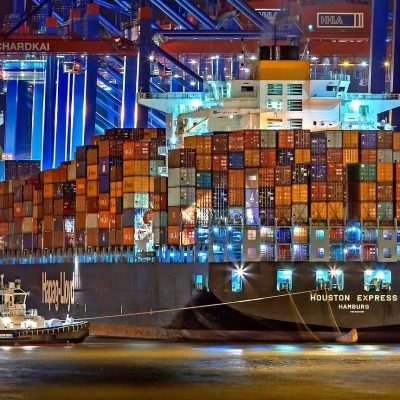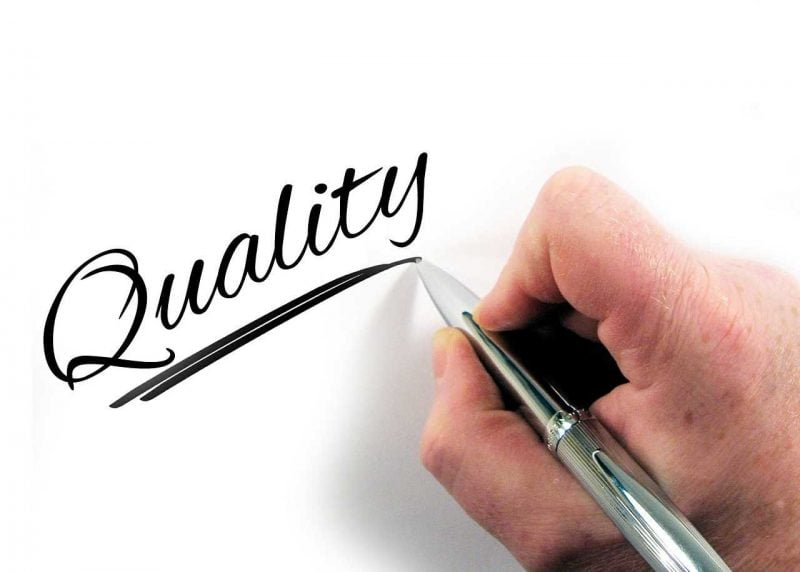Moving is a complex process that involves a lot of paperwork. All documents are important, however, the Bill of Lading (abbreviated as B/L or BoL) is one of those you really need to familiarize yourself with before getting moving quotes in Jersey City and singing any contracts. This document is so important but so easy to overlook. Here’s all you need to know about the bill of lading – one of the most commonly used documents in the shipping and logistics industry.
The term “lading” originates from an Old English word which means “loading”. So, “to lade” means to load cargo onto some means of transportation. Lading bills have been in use since the Roman times, in some form. However, they became more common in Medieval times.
The purpose of the Bill of Lading

Basically, this is the contract between the customer and the moving company NJ. A carrier or transportation company supplies and issues this legal transport document to a shipper. A BoL indicates which vehicle is used for the shipment, the method of transportation and final destination. It is also the receipt which proves that your possessions have been delivered to their final destination in good condition. Additionally, BoLs include the terms of transportation and the description of what is being moved, as well as other important details of the move.
Professional Union County movers, just like all other law-abiding movers, must issue a BoL for each of their shipments. The information on the BoL and the information on the Order for service (which the mover must prepare as well) have to match. The driver loading the shipment has to provide a copy of the document before loading any goods.
BoLs have three main roles:
- Evidence of contract of carriage
- Receipt of goods
- Document of title to goods
What information does the BoL contain?
There are different types of BoLs. The information it contains depends on the bill’s type. The following information can be found:
- Carrier’s name and a signature, either from the carrier, the ship’s master, or their legal representative;
- Consignee’s name;
- Value, size, weight, count, markings/numbers, and other characteristics of the goods;
- Terms and conditions of carriage or a reference to them, if they are listed in a different document;
- Date of loading the goods onto a vessel;
- Notation of the origin port and the destination port;
- Special shipping instructions, if needed.

Properly processed Bills of Lading will ensure that you receive your belongings in good condition.
How important is the Bill of Lading?
Successful transportation of your belongings depends on this document. Careful examination of the moving-related paperwork will make moving home easier and safer.
A Bill of Lading is a legally-binding agreement that helps the carrier handle the cargo in accordance with the original terms of the contract. These terms are set up by the carrier and shipper/freight owner. Therefore, a Bill of Lading can be used in litigation concerns. Inaccurate bills can result in claims or even criminal prosecution.
Furthermore, BoLs can serve for negotiations, as the majority of them are considered a title of goods. Certain types of bills can be endorsed and transferred to third parties while the goods are in transit. This makes different parties in charge of the goods during transit. In case the carrier hasn’t received full payment for their work, they have the right to keep the goods and the BoL until the situation is resolved and the conditions of the agreement are met.

What kinds of BoLs are there?
There are several types but not all of them are used on a frequent basis.
More common Bills of Lading
- Straight – when the buyer/consignee has already paid for the goods in full and the goods are shipped directly to them. This type is non-negotiable.
- Originals – when the consignee/buyer hasn’t paid the manufacturer of the goods in full. The consignee can receive the goods after the buyer pays the manufacturer and presents the complete set of original documents.
- Shipper’s order – when the goods are purchased on credit and handled through a bank. These documents are negotiable. They function as a title of goods. Usually, the buyer needs the original or a copy of the Bill of Lading to take over the goods at the final destination.
- Switch – used during foreign-to-foreign shipments. The shipper wants the supplier’s information to be private. There will be two sets of bills “switched” during this shipment, in order to protect the supplier’s information from the consignee and the other way round.
- Air waybill – issued for goods transported by air. It is non-negotiable.
- Inland – when the goods only travel by land.
- Multimodal/combined transport – issued for a shipment that uses more than one mode of transportation (air, water, land, etc).
- Through – similar to the previous type but more complex and less commonly used. It requires both an inland and ocean Bill of Lading to be effective.
Less common Bills of Lading
- Blank endorsed – it has been endorsed but it doesn’t name an endorsee. The holder of the bill can claim the cargo, and as such, the BoL is negotiable. A buyer/shipper holding the original BoL can claim the goods from the carrier at the destination if the holder submits at least one original copy of the document.
- Onboard (a.k.a. “shipped on board”) – a notation on a BoL that indicates the goods are in good condition and on board a named vessel. Banks that fund shipments demand this type of BoLs more than all other types.
- On deck – serves as proof of shipment. It can be required for the manufacturer of the goods or exporter to receive payment.
- Clean – used to confirm that the cargo was in good condition when it was loaded onto a vessel.
- Claused (a.k.a. “dirty” or “foul”) – the opposite of a clean BoL. It indicates a shortfall or damage to the cargo.










